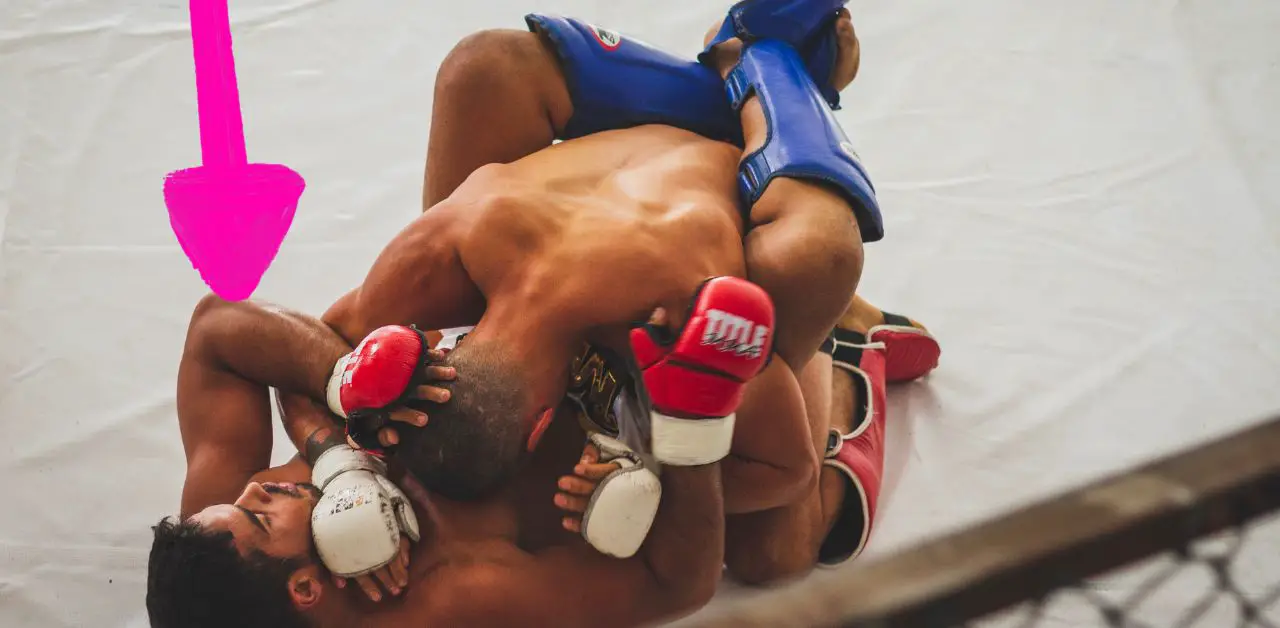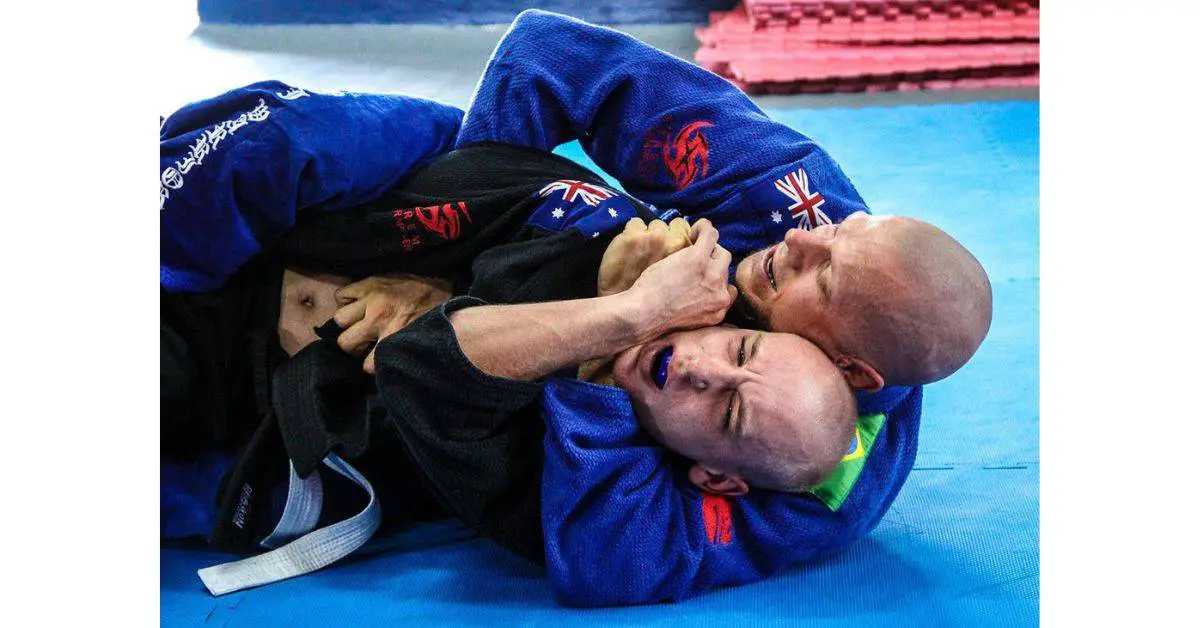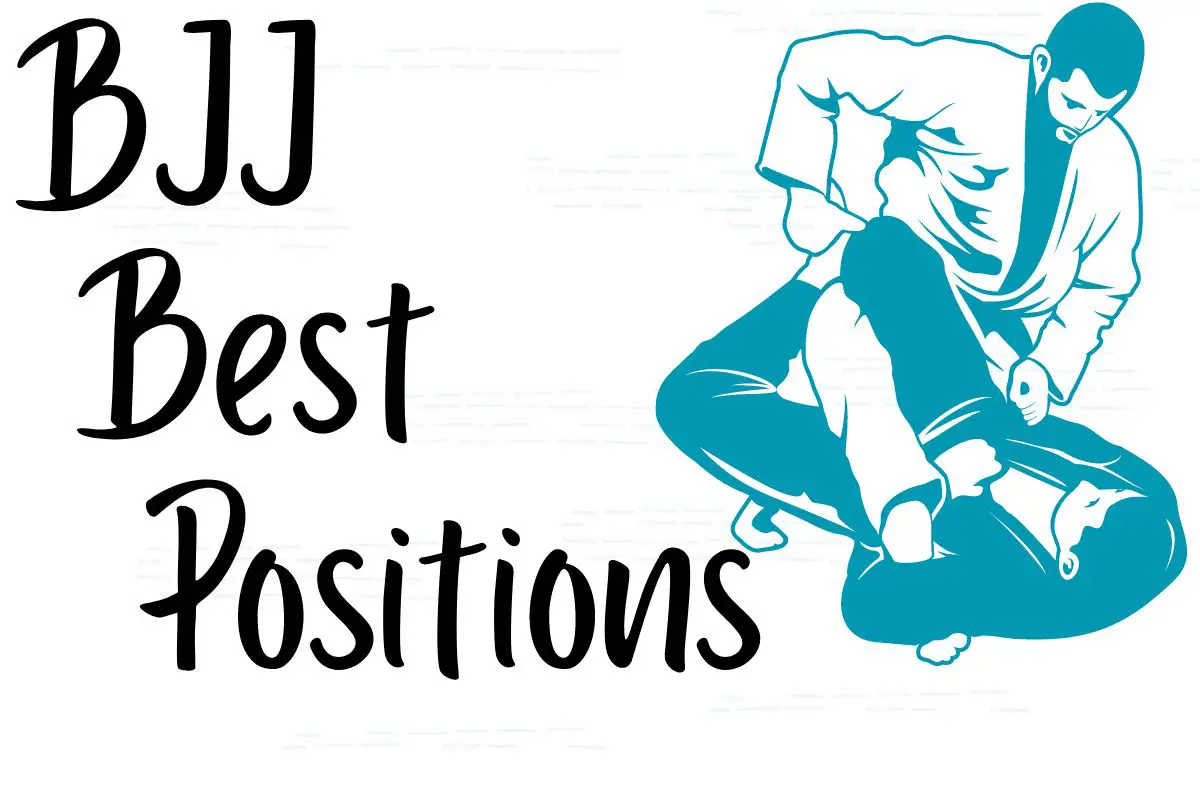BJJ, or Brazilian Jiu-Jitsu, is a submission-based martial art. You aim to have as much control over your opponent as possible while maintaining a dominant position. Now, this can be more than difficult for many new grapplers. If that’s you, this article’s for you.
You want to master each of these positions as you learn new techniques. Unfortunately, your mind will tell you to leave it and keep on learning new submissions, such as the KImura, Americana, and Rear Naked Choke.
But, you must not listen to your mind if it tells you to do not to invest as much time learning these dominant positions. Eventually, if you can master these positions, you’ll be more likely to win more fights by using the submissions you know.
Now, each position holds countless minor tweaks you can make to gain a bit more control. The more control you’ll have, the more likely you’ll be to win the fight itself. You can see how this will play out in the long run.
This article will go over each position and spot the many mistakes most novice grapplers make with them. Fixing enough of these mistakes will allow you to master these positions and become a much better grappler.
I recommend bookmarking this article and returning to it whenever you’re starting to train a new position. It’ll be your resource to return to—before you begin learning one of the seven dominant positions I’ll list in this article.
#7 – Closed Guard
The Closed Guard is one of BJJ’s most influential positions. It’ll give you more control over the opponent, allowing you the advantage. You can execute countless submissions and moves from the closed guard position, so it’s a practical one you want to learn.
The Closed Guard position is when you’re in a bottom position (your opponent’s on top) and close your legs slightly above the opponent’s hips. That gives you control over the opponent’s lower and upper body. You can perform countless submissions and techniques from that position, such as the Triangle Choke.

The primary guideline to execute a submission from the Closed Guard position is first to break the opponent’s posture. The best way to do this is by swinging your hands on his arms in an outward movement. That’ll force your opponent to lean toward you.
Many novice BJJ trainees don’t know what to do once they set up closed guard. They do everything right, and then they get stuck. Well, breaking the opponent’s posture is a solid way to start many submissions. For example, the Loop Choke’s (No-Gi from Guard) first move is to wait for the opponent to push forward.
Another thing you can do is pull your knees to your chest. That’s an excellent way to force the opponent to lean forward. But it’s not as reliable as some of the more technical moves, such as swinging his arm outward.
If you want to read a complete technical breakdown of the closed guard position, follow this link.
#6 – Full Mount
The Full Mount is the next dominant position we’ll discuss. BJJ has many positions; some are from the bottom and others from the top. However, they all have the same thing in common: they allow you to apply many techniques and submissions in the future.
The Full Mount position is a technique that allows you to be on top and control the opponent. It will enable you to perform countless submissions, such as the Guillotine Choke. In addition, you can control the opponent’s maneuverability in this position, giving you more options, such as passing the opponent and gaining side control.
The Full Mount position is one of the most effective and applicable ones to self-defense. Most people don’t know how to grapple, making it more attractive in a real fight.
To further illustrate my point, many self-defense schools teach the Full Mount position as a way to tire out your opponent. Imagine someone is on top of you for more than a minute, could there be any worse feeling than that?
This is why the Full Mount is an incredibly effective position—you must learn to call yourself a grappler. It will tire out your opponent and demoralize him and give you many submission openings to go for, such as the Straight Arm Lock.
And if you want to learn everything about the Full Mount and its many variations, follow this link.
#5 – Side Control
Like the Full Mount and Closed Guard Positions, the Side Control is a highly effective and dominant BJJ position. You’ll be in a fantastic position in your fight if you get to it during the roll or competition.
The Side Control is a BJJ position which means that one of the fighters is on his back while the other controls him while on his side. You can go for many submissions and transition to many positions from this dominant place, such as the North-South. For instance, you can finish the fight by going for the Lapel Choke.
Passing the opponent’s guard is the best way to attain Side Control. For instance, you can go for the Toreando Pass without even getting into the opponent’s guard. You don’t have to sit and go around the opponent using this pass. Another guard pass that’ll give you this dominant position is the X Pass.
The primary guideline for this dominant position is to control as much of the opponent as possible. You want to maintain control over his hips, head, and arms. Do that, and you’ll be extremely likely to win the fight using any submission that you choose.
I recommend you go train this position soon after reading this article. Then, you’ll notice you’re suddenly more capable of controlling your opponents and finishing more fights.
Follow this link to read the basics of side control, including tips on performing it better, its variations, and how to escape it.
Alright, let’s move to the next position.
#4 – Turtle Position
Frankly, I’m not a massive fan of the Turtle Position. However, it’ll be unrealistic to ignore and not review it since it can be practical and applicable to many situations.
The Turtle Position is when you’re on 4 (on your knees and hands.) You want to keep your limbs and neck close to each other. It’s one of BJJ, wrestling, and Judo’s most effective defensive positions. It’s also a highly versatile position, as you can go for many sweeps and passes from this move.
What’s really effective about the Turtle Position is that your back is the only exposed part. Some might think you’re exposing your head to kicks and strikes; while that’s true, your back is the only exposed part.
And again, I’m not a huge fan of this defensive position. But I’m aware of its effectiveness and practicality in both grappling and self-defense situations.
My primary concern with this defensive position is that it can be tricky to use it. Many of you might not understand how it can benefit you in the fight itself. But you definitely want to become familiar with it.
The Turtle Position can be pretty complicated to learn. That’s why I wrote another article on the Turtle Position, where I dive much deeper into the small details. Follow this link to learn more.
#3 – Open Guard
The Open Guard position is the next one we’ll review. Unlike the Turtle Position, you want to familiarize yourself with it since it’s a much more basic and mandatory position in most grappling-based martial arts.
The Open Guard position is when you’re on your back and make contact with the opponent (without your legs being locked.) The only difference between the Open and Closed Guard is whether your legs are locked. Eventually, you must know it’s a highly effective position to call yourself a grappler.
You can go for many submissions from the Open Guard position, making it highly attractive. You might even be able to get your first wins using a submission from this submission, as it’s beginner-friendly.
That said, the opponent can pass your guard quite easily if you don’t pay attention. For instance, he can use the Toreando Pass to twist your legs to the side and gain Side Control over you. From there, he can execute many submissions to finish the fight from his dominant position.
That’s why you must match yourself to the opponent’s movements and ensure you keep your dominant guard position. The last thing you want—is the opponent passing your guard, gaining Side Control, and finishing the fight effectively.
Follow this link to learn more about the open guard position and how to win more fights using it.
#2 – Back Mount
The Back Mount is the next position we’ll examine. I’m a fan of it because I’ve seen many grapplers end a fight after getting into this position. Although it can be quite difficult to get to it, you’ll be at a massive advantage in the fight when you finally reach it.
You must control the opponent’s back to have the Back Mount position. You can execute many submissions from this dominant position, such as going for the Rear Naked Choke. One of the best ways to get to the Back Mount position is by transitioning from the Mount position.

Here’s how this transition would look like:
You can guess why the Rear Naked Choke suits the Back Mount position. It requires you to have complete control of the opponent’s back. Well, this is what the Back Mount does best; it gives you such control.
Nonetheless, keeping your Back Mount on the opponent can be tricky, especially if he’s more advanced. To gain more control and keep your dominant position, you can wrap your hands more firmly over the opponent to allow yourself to maneuver with him, keeping your back control.
Remember, the opponent aims to turn over and face his chest toward you. So you want to prevent that by controlling his lower and upper body as much as possible.
Do that, and you’ll keep the Back Mount for longer and win more fights using it.
Learn everything about the Back Mount by following this link.
#1 – Knee on Belly
The Knee on Belly is one of BJJ’s most dynamic positions. You want to use it in many situations, such as after passing the opponent’s guard and before gaining the Side Control position.
The Knee on Belly is when you’re on the opponent’s side—with your knee on his stomach. You can use it for different purposes, such as forcing movement or gaining side control. You’re more likely to win the fight than your opponent when in this dominant position, especially if you know how to use it properly.
A more common transition from the Knee on Belly is to the Side Control position. And, from it, you can execute many submissions.
Likewise, you can go for many submissions from the Knee on Belly position. Here’s a video showcasing some more effective and applicable ones.
Overall, it’s one of my personal favorites, as it gives you much more control over the opponent. However, escaping this position is more than difficult, especially if you’re up against a more advanced grappler. Thus, I recommend going for it whenever possible.
Learn everything about the Knee on Belly by following this link.
What is the most common position in BJJ?
The Closed Guard is the most common position in BJJ since it’s safest, as your legs are locked around your opponent, making it more difficult to pass. The Open Guard, for instance, is much easier to pass since your legs will be open. In addition, the Closed Guard is definitely a beginner-friendly position.
Final words
At the end of the day, you want to familiarize yourself with each of these techniques in your grappling journey. Although you might not be able to learn and practice all of them simultaneously, you want to know they exist.
You want to focus on the small details when you use each position, as these are the things that will eventually give you more control over the opponent. These will be the difference between winning and losing. So, mastering each of these positions is a fantastic choice.
Some of you might think that learning a new position from scratch is difficult. You think you won’t know when to use each one, so you might be hesitant to learn them in the first place.
However, gaining experience will make you more comfortable with each position. You’ll be able to use them naturally and give yourself more choices to decide which to use.
That’s it; I hope you found this article helpful!
Here are some other articles you will enjoy:

